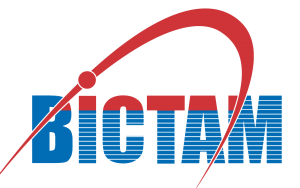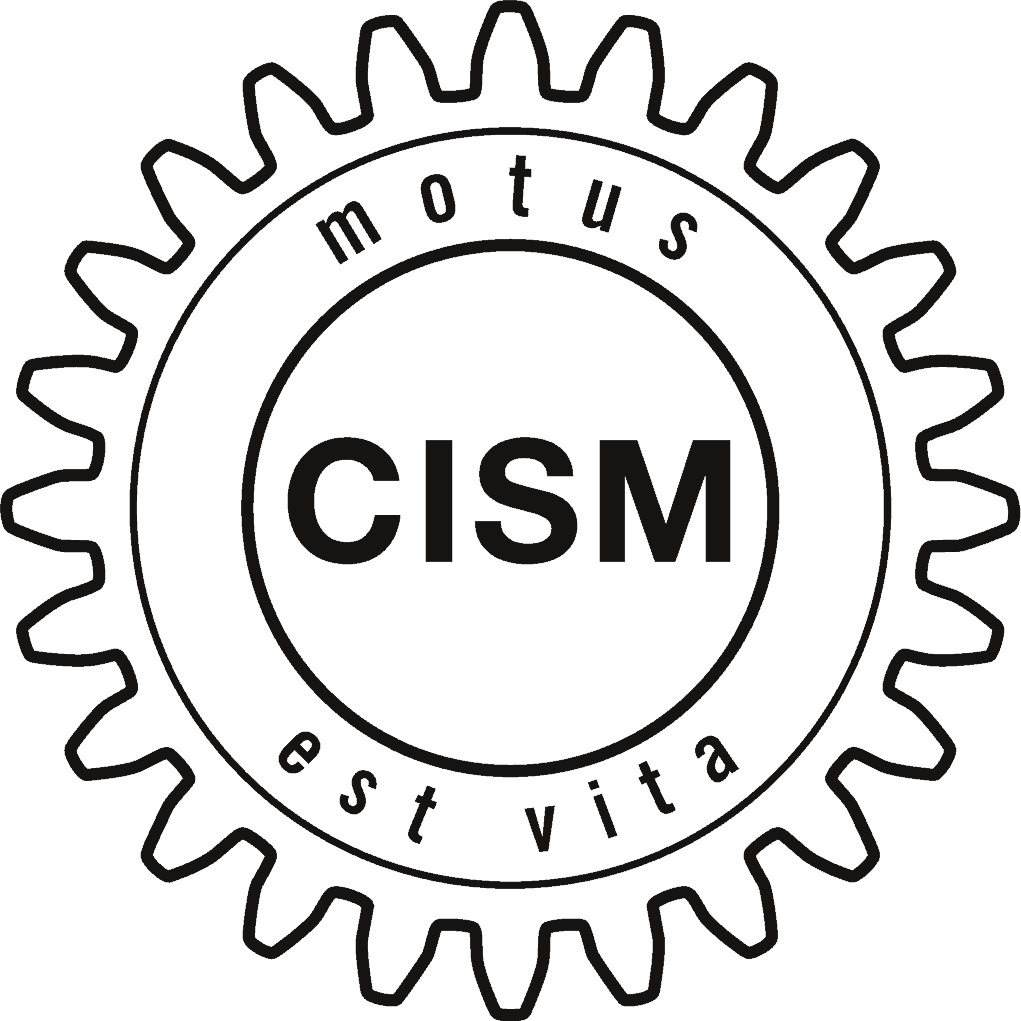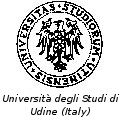Image credits:
Dense suspension of finite-sizeprolate ellipsoids settling in
still fluid. Authors: X. Jiang,
C. Xu, L. Zhao
Flyer:
Click here to download.Confirmed Keynote Speakers
Professor Stephane Zaleski
Sorbonne University (FRA)

Numerical prediction of mass transfer
Abstract:
We describe an experimental model of a bottom blown metallurgical ladle, and its simulation; The main observable of interest is the amount of mass transferred frrom the metal phase (modelled by water) to the slag phase (modelled by oil). The direct numerical computation is impossible in practice because of the huge values of the Peclet number, and a subgrid model is employed instead. Agreement between simulation and experiment is within experimental error.
Brief Bio:
Stéphane Zaleski is Professor of Mechanics at Sorbonne Université and member of the Institut Jean Le Rond d’Alembert. After early years at the Physics Laboratory of ENS Paris where he obtained his PhD under the supervision of Yves Pomeau, and at the applied math group of MIT he joined the Mechanics group at University of Paris 6. He investigates numerical methods for multiphase flows with applications to atomization, cavitation, porous media flow, nucleate boiling, hydrometallurgy, moving contact lines and droplet impact, including several variants of the Volume of Fluid method, the Edge Based Interface Tracking method, the Diffuse Interface method and Molecular Dynamics. He has written several computer codes for the simulation of two-phase flow including PARIS Simulator (with D. Fuster, Y. Ling, R. Scardovelli and G. Tryggvason) and is an active user of the basilisk platform. Recently he applied these techniques to the study of Covid-19 airborne transmission by micron-sized droplets. He is Associate Editor of the Journal of Computational Physics and of Computers & Fluids. He leads the ERC-Advanced project TRUFLOW on mass transfer at large Schmidt numbers and is a member of L’Institut universitaire de France.
Sorbonne University (FRA)

Numerical prediction of mass transfer
Abstract:
We describe an experimental model of a bottom blown metallurgical ladle, and its simulation; The main observable of interest is the amount of mass transferred frrom the metal phase (modelled by water) to the slag phase (modelled by oil). The direct numerical computation is impossible in practice because of the huge values of the Peclet number, and a subgrid model is employed instead. Agreement between simulation and experiment is within experimental error.
Brief Bio:
Stéphane Zaleski is Professor of Mechanics at Sorbonne Université and member of the Institut Jean Le Rond d’Alembert. After early years at the Physics Laboratory of ENS Paris where he obtained his PhD under the supervision of Yves Pomeau, and at the applied math group of MIT he joined the Mechanics group at University of Paris 6. He investigates numerical methods for multiphase flows with applications to atomization, cavitation, porous media flow, nucleate boiling, hydrometallurgy, moving contact lines and droplet impact, including several variants of the Volume of Fluid method, the Edge Based Interface Tracking method, the Diffuse Interface method and Molecular Dynamics. He has written several computer codes for the simulation of two-phase flow including PARIS Simulator (with D. Fuster, Y. Ling, R. Scardovelli and G. Tryggvason) and is an active user of the basilisk platform. Recently he applied these techniques to the study of Covid-19 airborne transmission by micron-sized droplets. He is Associate Editor of the Journal of Computational Physics and of Computers & Fluids. He leads the ERC-Advanced project TRUFLOW on mass transfer at large Schmidt numbers and is a member of L’Institut universitaire de France.




